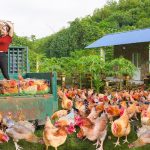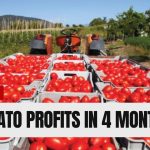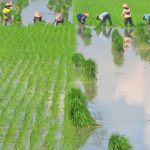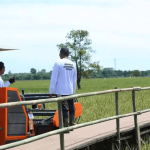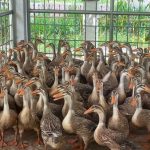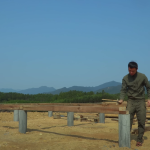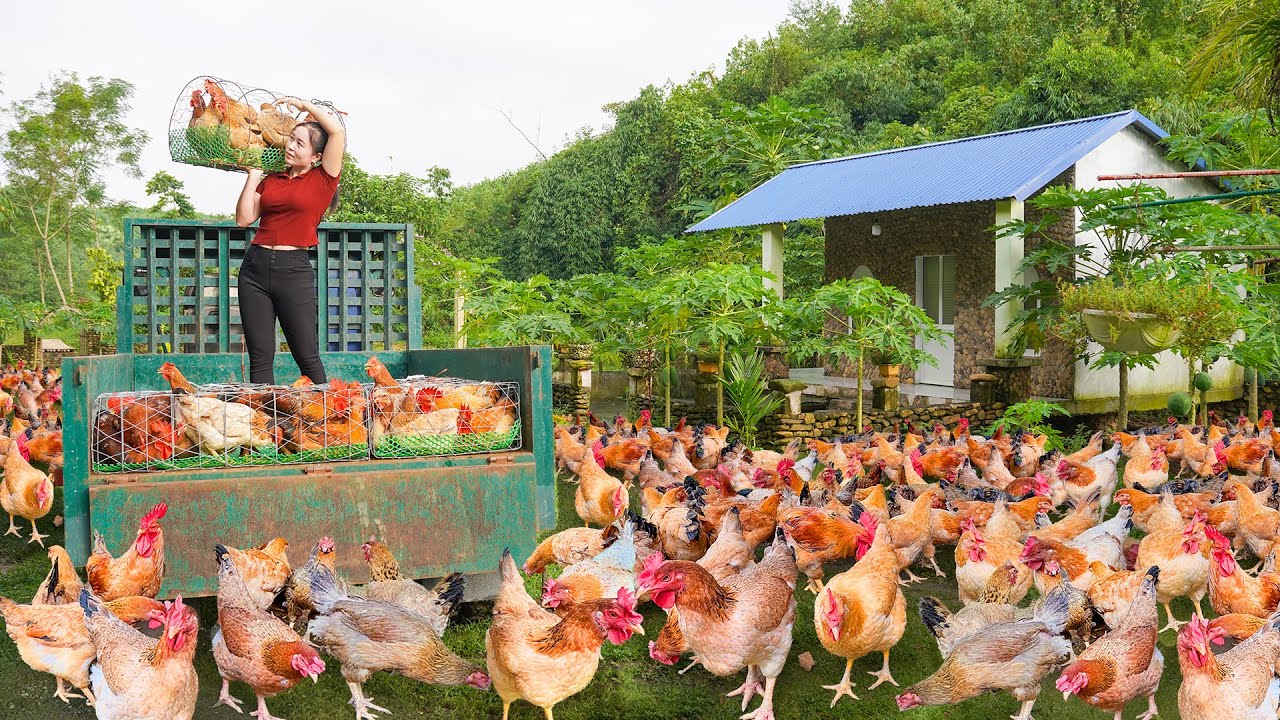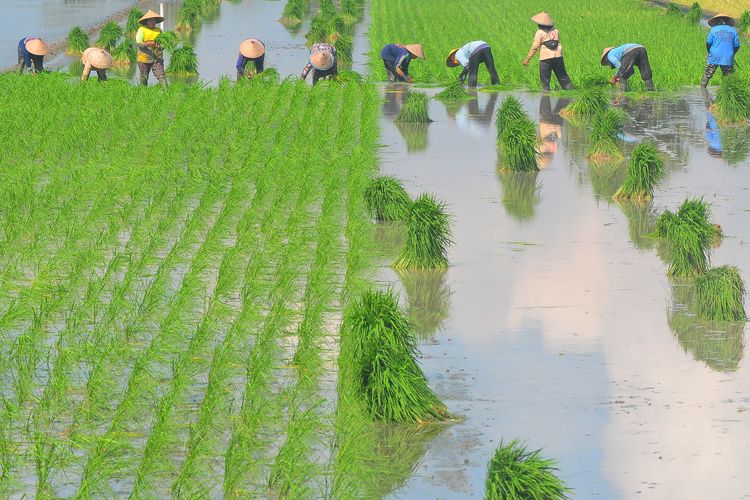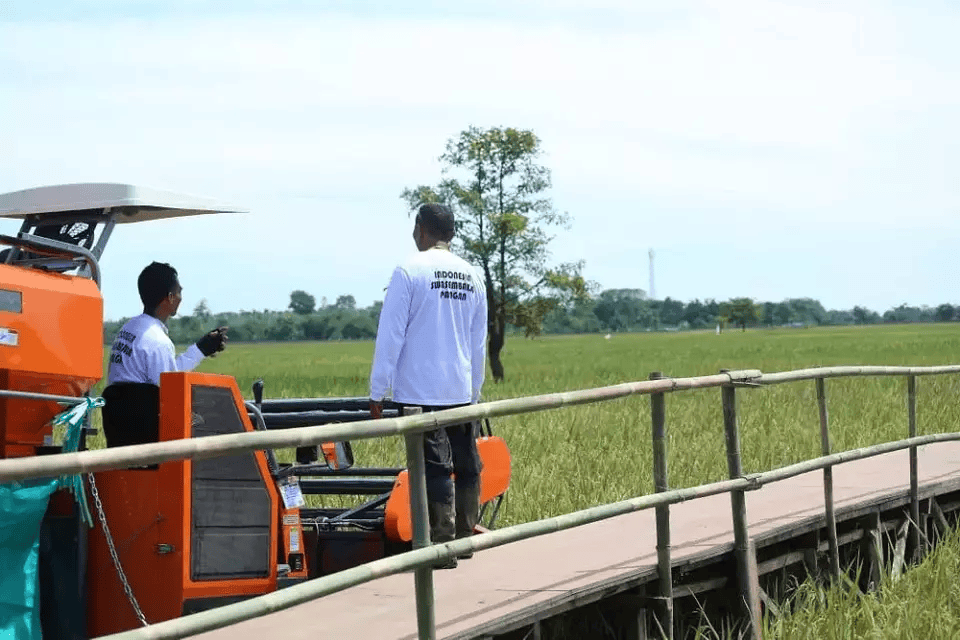Algae Farming for Producing Biofuel and High Value Health Supplements
Visionary Origins and Strategic Imperative
Algae farming emerges at the nexus of renewable energy and precision nutrition offering dual pathways to sustainable prosperity. The genesis of this enterprise often begins with a moment of revelation — witnessing algal blooms in a secluded lagoon and realizing that these microscopic powerhouses store vast amounts of lipids convertible to biodiesel while synthesizing pigments and lipoproteins prized by health supplement markets. From this epiphany springs the ambition to transform algae cultivation into a scalable bioeconomy platform.
Experts recognize that algae farm ventures differ fundamentally from terrestrial monoculture. Hydrodynamic regimes, light penetration physics, nutrient upcycling and downstream bioprocess integration demand interdisciplinary mastery. This article unveils an exhaustive roadmap encompassing strain development, photobioreactor engineering, nutrient orchestration, harvesting methodologies, market positioning and regulatory navigation. Moreover, it shares insider tips borne of cutting edge research and pilot plant trials, equipping seasoned agritech entrepreneurs with sophisticated strategies to generate both volumetric lipid yields for fuels and niche metabolites for high margin nutraceuticals.
Granular Selection of Algal Taxa
Microalgae for Lipid Rich Biofuel Streams
Candidates such as Nannochloropsis gaditana, Chlorella vulgaris and Schizochytrium spp. accumulate lipids ranging from 30 to 70 percent of biomass under nutrient stress. Nannochloropsis excels in fast doubling times at moderate irradiance and saline tolerance ideal for open pond systems. Chlorella offers high protein co-products. Schizochytrium stands out for docosahexaenoic acid rich oil extraction complementing biodiesel grades.
Macroalgae and Microalgae for Nutraceutical Extraction
Species selection for nutraceutical pathways focuses on Haematococcus pluvialis for astaxanthin, Arthrospira platensis for phycocyanin and Spirulina maxima for complete protein fractions. For polyunsaturated fatty acid supplements, Isochrysis galbana provides eicosapentaenoic acid precursors. Seaweed species such as Ulva lactuca additionally yield sulfated polysaccharides used in functional foods and cosmetics.
Genetic Enhancement and Strain Optimization
Adaptive Laboratory Evolution Protocols
Implement serial passaging under defined stress gradients — light intensity increments, saline shocks, thermal flux — to select emergent phenotypes with heightened tolerance and metabolite overaccumulation. Monitor population shifts by flow cytometry tagging lipid bodies with Nile Red fluorescence thus isolating high producers via cell sorting.
Precise Gene Editing Interventions
Utilize CRISPR Cas nucleases to knockout competitive carbon sinks and overexpress key enzymatic nodes. For instance targeting pyruvate dehydrogenase complex to amplify substrate flux towards acetyl CoA and further into fatty acid elongation cascades. Overexpress phytoene synthase and β-carotene hydroxylase in Haematococcus to elevate astaxanthin titers under photic stress.
Infrastructure and System Design
Open Raceway Ponds Configuration
Design shallow raceways with a depth of 20 to 30 centimeters ensuring optimal light transmission. Employ paddle wheel aerators to maintain laminar flow at 15 to 30 centimeters per second, preventing thermal stratification and enhancing mass transfer. Use lined earthen basins with high density polyethylene membranes to avoid seepage and contamination.
Closed Photobioreactor Architectures
Flat panel reactors offer high surface to volume ratios and precise environmental control. Tubular photobioreactors allow for scale modularity but require degassing modules to strip excess oxygen that can inhibit photosynthesis. Utilize UV transparent materials and mount reactors at optimal azimuth angles for uniform solar exposure. Integrate LED supplemental lighting with spectrally tuned wavelengths to trigger targeted metabolic pathways during diurnal cycles.
Nutrient Regimens and Media Formulation
Low Cost Feedstock Integration
Incorporate effluent streams from municipal wastewater treatment plants as primary nutrient sources thereby reducing expenditure on commercial fertilizers. Balance nitrogen to phosphorus ratios at Redfield proportions (16:1) but implement controlled nitrogen depletion phases to trigger lipid accumulation in biofuel strains.
Trace Element and Vitamin Supplementation
Ensure adequate supply of iron using chelated forms (EDTA or HEDTA) to sustain photosystem function. Add micronutrients like cobalt, copper and zinc in micromolar concentrations matching algal uptake rates. Incorporate B vitamins to enhance cell division rates in select heterotrophic species using yeast extract or defined vitamin mixes.
Process Monitoring and Automation
Distributed Sensor Networks
Deploy inline optical density and turbidity probes to gauge biomass concentration in real time. Use fluorescence transducers to assess chlorophyll a concentration as a proxy for photosynthetic health. Integrate pH, dissolved oxygen and temperature sensors into a PID control framework that automatically adjusts CO₂ sparging and nutrient dosing pumps.
SCADA Integration and Data Analytics
Implement supervisory control and data acquisition systems to log multi-parameter time series data. Apply machine learning algorithms such as random forests or neural networks trained on historical performance to forecast biomass productivity and anticipate harvest windows. Visualize key performance indicators on dashboards for remote facility monitoring.
Harvesting Techniques and Biomass Recovery
Flocculation and Sedimentation
Introduce bio-compatible flocculants like chitosan or tannic acid at optimized dosages to aggregate microalgal cells into flocs. Monitor zeta potential to fine tune dosage and pH conditions maximizing floc density. Follow with gravity sedimentation in clarifiers or lamella separators.
Centrifugation and Filtration
For high value nutraceutical strains, deploy disc-stack centrifuges operating at 5 000 g ensuring > 95 percent recovery without excessive shear damage. Use cross-flow microfiltration membranes with pore sizes of 0.2 to 0.5 microns to concentrate biomass while recovering culture medium for reuse.
Lipid Extraction and Biofuel Production
Wet Extraction and In Situ Transesterification
Apply aqueous two-phase extraction systems combining ethanol and phosphate salts to extract lipids directly from wet biomass. Transition to in situ transesterification by adding methanol and an acid catalyst (e.g. sulfuric acid) to the biomass slurry, yielding fatty acid methyl esters in a single step and eliminating drying energy costs.
Solvent Recovery and Recycling
Employ vacuum distillation columns to recover methanol and ethanol solvents from reaction effluents. Recycle over 85 percent of solvents back into extraction loops. Utilize membrane pervaporation units for final purification, ensuring compliance with ASTM D6751 fuel standards.
Nutraceutical Fractionation and Purification
Phycobiliprotein Isolation
Lyse Arthrospira cells via high pressure homogenization then centrifuge to remove debris. Apply ammonium sulfate precipitation to concentrate phycocyanin followed by ion exchange chromatography to achieve purity > 95 percent. Use low temperature dialysis to remove salts.
Carotenoid Supercritical CO₂ Extraction
Subject Haematococcus biomass to supercritical CO₂ extraction at 250 bar and 50 °C. Introduce ethanol as a co-solvent to increase carotenoid solubility. Fractionate extracts to separate astaxanthin esters and free astaxanthin, then winterize and filter for pharmaceutical grade concentration.
Quality Assurance and Compliance Frameworks
Analytical Verification
Measure fatty acid profiles via gas chromatography flame ionization detection, comparing retention times to known standards. Quantify pigment concentrations using HPLC with photodiode array detection. Validate phycobiliprotein purity using UV visible spectrophotometry at 620 and 650 nanometers.
Regulatory Certification
For biofuel, adhere to ASTM D6751 and EN 14214 specifications. For nutraceuticals, secure GRAS notifications from the US FDA and novel foods approvals from EFSA. Implement full traceability through each batch’s journey from seed culture to finished product, documenting all critical control points under HACCP protocols.
Business Models and Revenue Diversification
Commodity Biofuel Scaling
Construct facilities exceeding 1 000 cubic meters of photobioreactor volume or several hectares of raceway ponds to dilute capital expenditure and chemical costs. Negotiate long term offtake agreements with biodiesel blenders and distributors to stabilize revenue against fluctuating oil prices.
High Value Nutraceutical Niches
Target premium markets in sports nutrition, anti aging supplements and functional foods. Package astaxanthin capsules at 4 milligram dosage levels retailing at fifty to one hundred dollars per bottle. Supply phycocyanin as a natural food colorant at food grade quality to beverage and confection industries.
Co Product Valorization
Utilize residual defatted biomass as feed ingredient for aquaculture or livestock. Convert leftover CARBOHYDRATE fractions into bioethanol via yeast fermentation or produce biogas through anaerobic digestion. These co products can yield additional revenue streams and improve lifecycle economics.
Sustainability Metrics and Life Cycle Assessment
Energy Return on Investment
Quantify energy inputs for mixing, lighting and harvesting versus energy content of biodiesel produced. Aim for an EROI above 1.5 indicating net positive energy returns. Integrate solar photovoltaics on greenhouse roofs to supply up to 50 percent of process electricity.
Carbon Footprint and Water Reuse
Conduct cradle to grave LCA following ISO 14040 guidelines. Measure GHG emissions and demonstrate sequestration of CO₂ during the algal cultivation phase. Recycle > 90 percent of process water through ultrafiltration and UV treatment, minimizing freshwater withdrawal.
Case Study BioGreen Algae Solutions
BioGreen initiated a pilot project in a desert environment using brine sourced from salt flats. They cultivated Dunaliella salina in closed flat panel reactors, achieving 1.2 grams per liter biomass density. Innovative high salinity prevented contamination and enabled harvesting carotenoids at 15 milligram per liter yields. They combined wastewater from nearby fruit packing plants to supply nitrates and phosphates, reducing fertilizer costs by 40 percent. In parallel, an adjacent raceway pond system produced Nannochloropsis lipids for biodiesel demonstration at a local energy fair. BioGreen’s integrated facility demonstrated feasibility of dual product streams at semi industrial scale.
Future Innovations and Research Frontiers
Synthetic Biology Platforms
Design modular genetic circuits enabling light regulated expression of targeted enzymes for time of day optimized metabolite production. Develop chassis strains with minimized genomes tailored to industrial robustness and low contamination risk.
Automation and Artificial Intelligence
Implement autonomous robotic platforms to monitor reactor integrity, clean biofilm fouling, and perform sample analyses. Deploy AI driven predictive maintenance scheduling using vibration sensors on pumps and real time nutrient uptake models to optimize harvest timing.
Circular Bioeconomy Integration
Forge partnerships with municipal waste managers to integrate CO₂ streams from biogas digesters and residual heat from composting operations. Design vertical farm stacking of PBR modules in urban settings to localize production and reduce transport footprint.
Expert Tips and Tricks
-
Source indigenous algal strains from local habitats to minimize adaptation time and contamination risk
-
Employ diel nitrogen modulation—high nitrogen during growth phase then rapid depletion to trigger lipid or carotenoid biosynthesis
-
Use intermittent high intensity light flashes to induce photoprotection pathways and enhance secondary metabolite yields
-
Co cultivate microalgae with probiotic bacteria such as Rhodopseudomonas to improve flocculation and enhance nutrient cycling
-
Calibrate paddle wheel speed in raceway ponds to balance between mixing efficiency and cell shear avoidance
-
Utilize inline near infrared spectroscopy probes to monitor real time lipid content and adjust harvest schedules
-
Preheat CO₂ feed gas to culture temperature to avoid thermal shock and pH swings
-
Optimize supercritical CO₂ extraction parameters by mapping pressure temperature phase space for target carotenoids
-
Implement blockchain based digital twin for each batch to ensure immutable records of strain lineage and product quality
-
Publish white papers and case studies in peer reviewed journals to elevate brand credibility and attract institutional partnerships
This comprehensive compendium equips industry experts with the strategic vision, technical depth and practical tactics required to launch and scale algae farming operations that simultaneously yield renewable biofuels and high value health supplements thereby accelerating the transition to a resilient bioeconomy.
